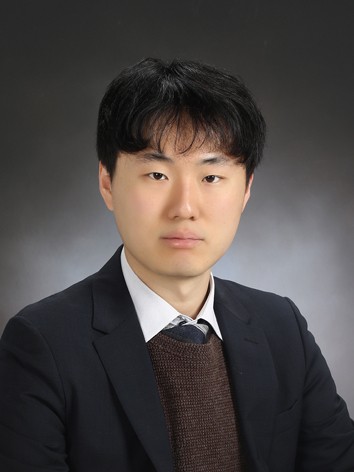Control of the crystallization of a supersaturated sodium acetate solution
Create cryptographic information with the optical features of the crystal
A team led by Professor Hong Suk-joon of the Department of Mechanical Engineering at Hanyang University has developed a cryptographic device that is reconfigurable and cannot be physically replicated by controlling the direction and size of crystals formed in supersaturated solutions. It can supposedly be used to create new encryption keys that can be reused several times while increasing security compared to existing security technologies.

Recently, devices that cannot be physically replicated are attracting attention as alternatives to the problem of replication and forgery of security technologies. However, because the authentication process takes time and cannot be reused because of the large number of calculations required for authentication and encryption, it is difficult to commercialize a physical unclonable function (PUF) device.
Professor Hong’s team has developed a new type of optical device that can solve these problems. Firstly, they confirmed that the direction and size of the crystals formed in supersaturated sodium acetate solutions can be precisely adjusted according to temperature. The angle of transmission or emission of light varies depending on the direction, shape, and size of the crystal. Based on this, the optical characteristics of the crystal were turned into cryptographic information, and a device implementing an authentication system was created.
Sodium acetate is advantageous, in that it is chemically safe, inexpensive, and reusable, making it suitable for use as an anti-counterfeiting label or disposable ID card. It is also expected to contribute to carbon neutrality by minimizing the necessary computing power while maintaining strong security.
The results of the study were published in the international journal “Advanced Materials” on the 20th of last month.

Click to read paper:
키워드
 '한양위키' 키워드 보기
#SDG9
'한양위키' 키워드 보기
#SDG9

